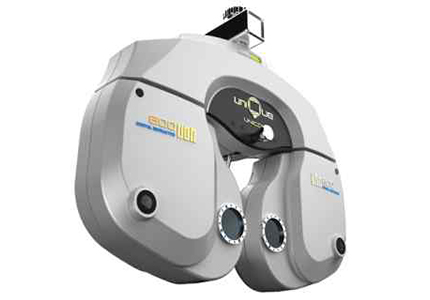Why Choose us for your Eyecare?
Our patients choose to have their eyes examined at Jacksons because they want to see an expert. We allow 45 minutes for our Enhanced Eye Examination which is more than double what is allowed by many other practices.
We allow a longer time for your appointment so that we have time for the technical bits but also so that we can have time to get to know you and understand your visual needs and problems. This allows us to make better more personalised advice and recommendations.
We have a close working relationship with the top Ophthalmologists in the Northwest, and should you require a referral for any eye health issue, we will be able to refer you to the right place or person so you will be in good hands throughout.
Our Enhanced Eye Examinations
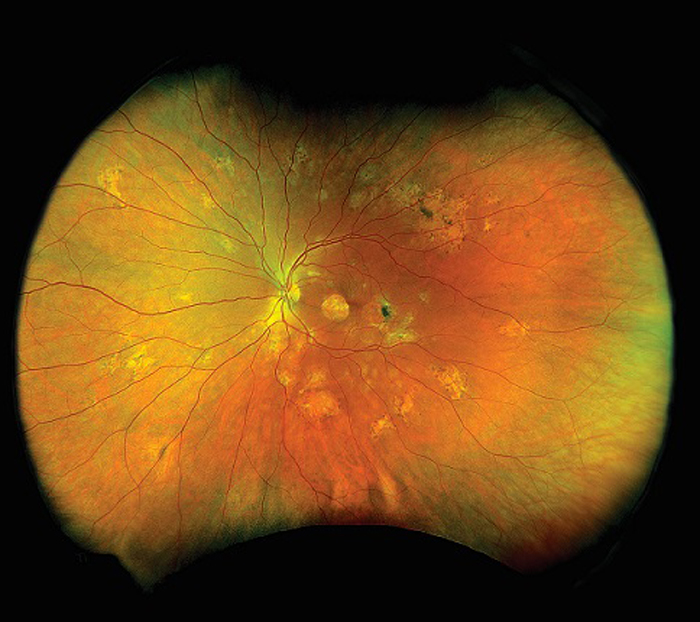 Many eye problems can develop with few or no symptoms.
Many eye problems can develop with few or no symptoms.
Put your mind at rest with an extended eye examination. We tailor our examination to your needs and allow time to discuss and address your concerns without rushing. We will take the time to discuss how you use your vision for both work and pleasure including any visual problems you are encountering.
We use Optical Coherence Tomography (OCT) and Optomap Laser Scanning to get a detailed picture of your eye health. Both techniques can detect problems before you develop symptoms
allowing us to make appropriate and timely referrals to help prevent possible sight loss.
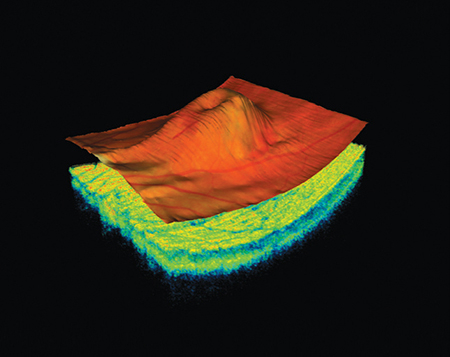 Optical Coherence Tomography uses lasers to create a 3D image of the back of your eye. Nothing touches or blows on your eye.
Optical Coherence Tomography uses lasers to create a 3D image of the back of your eye. Nothing touches or blows on your eye.
The scans can be compared to a piece of cake. When we look at a photograph of the back of the eye, we see the retinal surface, which can be compared to the icing on the cake. With OCT, we can take a slice out of the cake to see all the different layers that make up the retina and pinpoint any unhealthy changes or abnormalities.
We recommend that every patient has an initial baseline OCT scan. An OCT scan is particularly useful for any patients who have concerns of glaucoma and macular degeneration .
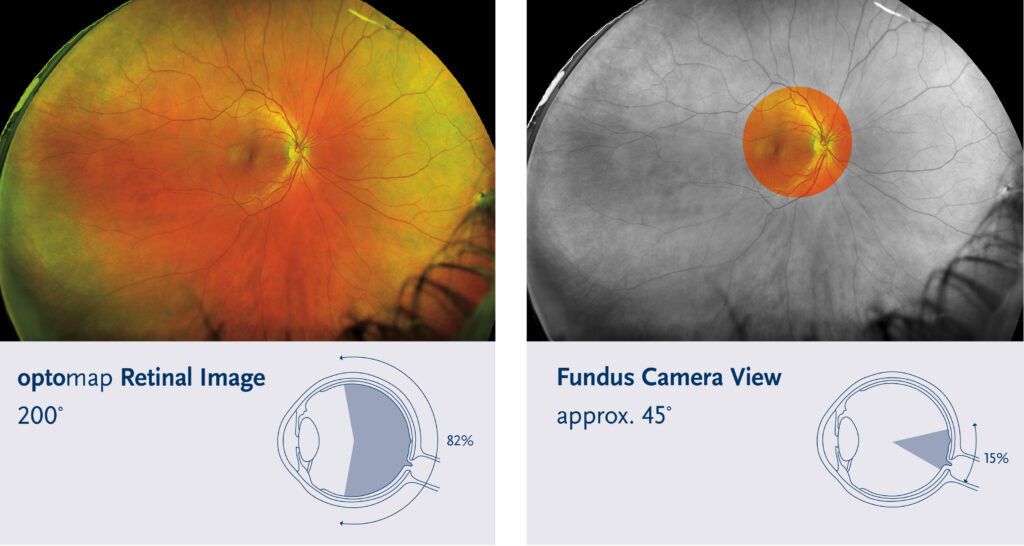
Optomap Widefield imaging takes picture of the back of the eye provideing a panoramic view similar if not better than that obtained with pupil dilation. We can therefore visualize the outer edges of the retina seeing things that we would not see during a basic test – and without the need for stinging drops and blurred vision for hours afterwards. This panoramic view displays over 80% of the retina at one time and the Optomap captures its image in only 1/4 of a second which even light sensitive patients find acceptable. Optomap is great for everybody including children.
NHS funded Sight Tests
NHS funded Sight Tests are a basic eye examination available to all eligible patients. This includes people over 60 and those at risk of certain eye diseases. It provides a basic eye health check and establishes the ocular prescription for the manufacture of spectacle lenses.
NHS funding sadly does not include Optomap Widefield Laser Scanning or Optical Coherence Tomography (OCT). If you are entitled to a NHS funded sight test can upgrade to our Enhanced Eye Examination for a small professional fee. We would always recommend that our patients do this.
Our Contact Lens Fitting and Aftercare Service
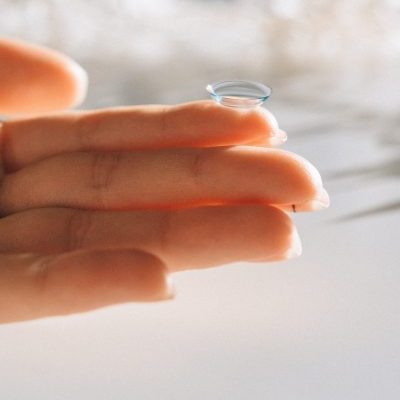
Contact lens fitting and aftercare
Are you happy with the vision and comfort you get with your contact lenses? Are you wearing the very best contact lenses for you prescription and visual needs?
Many people wear contact lenses but are not 100% happy with their experience. Irritations can include
uncomfortable dry eyes – especially towards the end of the day
vision not being as good as you would like it to be
problems reading small print
reduced wearing times
We fit and supply both soft and gas permeable (rigid) contact lenses as well as specialty lenses such as Ortho K and ChromaGen which can help colour identificalion in colourblind individuals
Please get in touch if you would liks to discuss contact lens wear or contact lens aftercare with us.
To find out more about contact lenses please call us on 01270 625 889
Contact lens problems can be complex. Just give us a brief outline of any problems you are having and we will call you back to talk things through.

